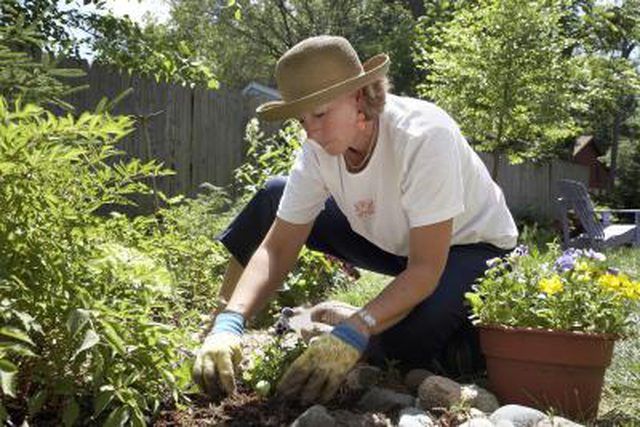Bulbs
Flower Basics
Flower Beds & Specialty Gardens
Flower Garden
Garden Furniture
Garden Gnomes
Garden Seeds
Garden Sheds
Garden Statues
Garden Tools & Supplies
Gardening Basics
Green & Organic
Groundcovers & Vines
Growing Annuals
Growing Basil
Growing Beans
Growing Berries
Growing Blueberries
Growing Cactus
Growing Corn
Growing Cotton
Growing Edibles
Growing Flowers
Growing Garlic
Growing Grapes
Growing Grass
Growing Herbs
Growing Jasmine
Growing Mint
Growing Mushrooms
Orchids
Growing Peanuts
Growing Perennials
Growing Plants
Growing Rosemary
Growing Roses
Growing Strawberries
Growing Sunflowers
Growing Thyme
Growing Tomatoes
Growing Tulips
Growing Vegetables
Herb Basics
Herb Garden
Indoor Growing
Landscaping Basics
Landscaping Patios
Landscaping Plants
Landscaping Shrubs
Landscaping Trees
Landscaping Walks & Pathways
Lawn Basics
Lawn Maintenance
Lawn Mowers
Lawn Ornaments
Lawn Planting
Lawn Tools
Outdoor Growing
Overall Landscape Planning
Pests, Weeds & Problems
Plant Basics
Rock Garden
Rose Garden
Shrubs
Soil
Specialty Gardens
Trees
Vegetable Garden
Yard Maintenance
How to Make a Rooting Hormone
How to Make a Rooting Hormone. Some plant cuttings need a helping hand before they can form roots and start new plants. This helping hand can come from a surprising source -- willow plants (Salix spp.) If you can brew tea, you can make your own rooting hormone.

Some plant cuttings need a helping hand before they can form roots and start new plants. This helping hand can come from a surprising source -- willow plants (Salix spp.) If you can brew tea, you can make your own rooting hormone.
Plant Growth Hormones
Plants produce chemical hormones that stimulate growth. Different hormones regulate varied growth processes, such as flower development, ripening, leaf formation and cell division. The primary hormone responsible for root formation is auxin, which includes two naturally occurring acids that stimulate growth: indole-3-acetic acid -- IAA -- and indole-3-butyric acid -- IBA. Commercial rooting hormone powders and liquids contain synthetic auxins that mimic these naturally occurring plant hormones. If you dip a cutting into a solution that contains either of these acids, the hormone promotes tissue growth that develops into roots.
Gathering Suitable Willow
All willow species contain indolebutyric acid. Willow trees and shrubs grow across U.S. Department of Agriculture plant hardiness zones 2 through 9, including weeping willow (Salix babylonica) in USDA zones 6 through 9, pussy willow (Salix caprea) in USDA zones 4 through 8 and black willow (Salix nigra) in USDA zones 2 through 8. From these or any other willow species, collect 2 cups of 3- to 6-inch-long, pencil-sized stems or 3 cups of 2- to 4-inch pieces of bark. Collect the stems and bark only from living plants, because dead and dying plant parts that are lying on the ground contain little or no plant hormone.
Making the Rooting Hormone
Boil 1 gallon of water and pour it over the willow stems or bark in a container large enough to hold the water plus the willow pieces. The willow needs to steep for 24 to 48 hours so the rooting hormone can be released into the water. To remove the plant pieces, pour the mixture through a sieve or colander. Reserve the liquid, which now contains the rooting hormone, and store it in a lidded glass container. Chilled in the refrigerator, the hormone maintains its effectiveness for up to two months.
Using the Rooting Hormone
As soon as you take cuttings from the plants you want to propagate, immediately place them in a container that contains enough of the willow water to immerse the ends of the stems. Let the stems soak out of direct sunlight for several hours or overnight before you plant the cuttings. Although the willow water contains a naturally occurring pathogen inhibitor that helps safeguard against fungal, bacterial and viral diseases, sanitize your pruning tools before making any cuts. Dirty tools may introduce disease pathogens to the cut plant surfaces. Soak all cutting blades for five minutes in a mixture of 1 part household pine-oil cleaner and 3 parts water, and rinse them with water before touching plants.